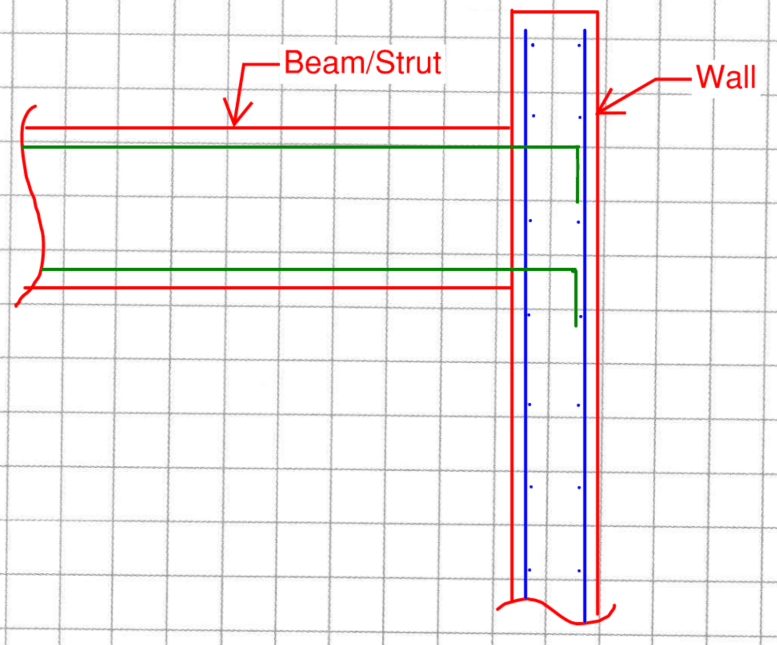Hello,
I am designing a strut between two retaining wall structures for reasons I won't get into in this post. My question is the following: The beam end will have some fixity at the wall interface. However, I am wondering if a conventionally reinforced wall will be able to resist that moment. I thought of a simple strut and tie model, and I am convinced that I would need tension ties between my sets of vertical wall bars in order to resist the transverse tension forces up the height of the wall. Am I making any sense, or am I complicating the issue at hand?
I am designing a strut between two retaining wall structures for reasons I won't get into in this post. My question is the following: The beam end will have some fixity at the wall interface. However, I am wondering if a conventionally reinforced wall will be able to resist that moment. I thought of a simple strut and tie model, and I am convinced that I would need tension ties between my sets of vertical wall bars in order to resist the transverse tension forces up the height of the wall. Am I making any sense, or am I complicating the issue at hand?

